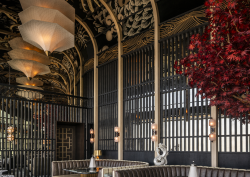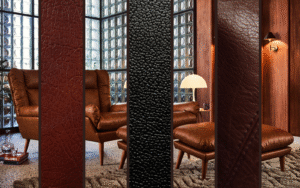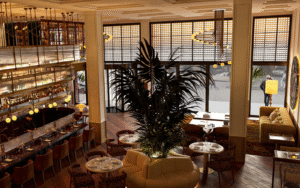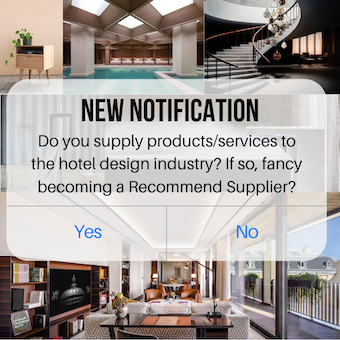Stepping into the Hotel Designs‘ hot seat, multidisciplinary Designer, Creative Director and Founder of the Tola Ojuolape Studio, Tola Ojuolape reveals how the rise of social media isn’t diluting design but demanding more from it…
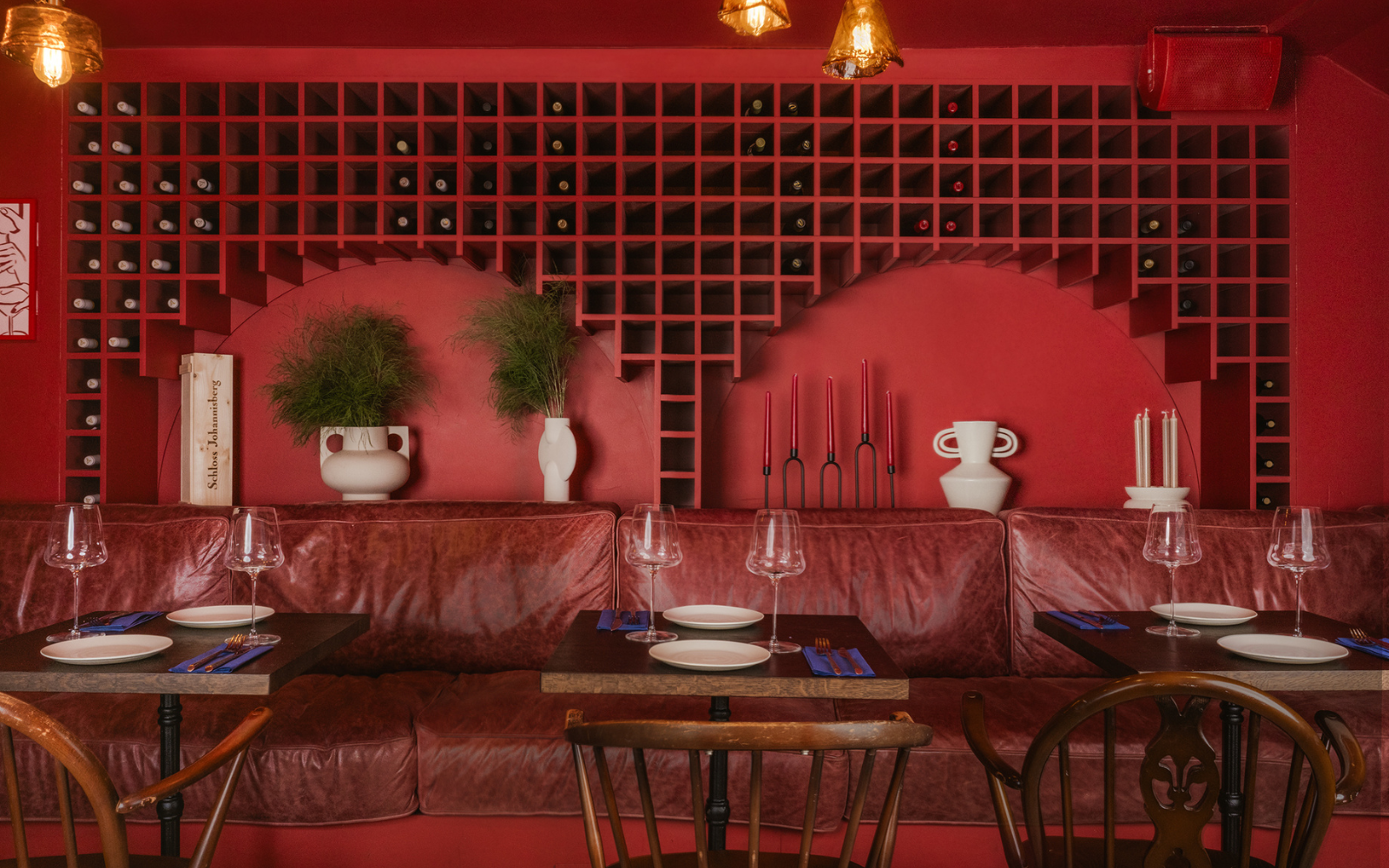
In the age of social media and experience-led living, bars and restaurants are no longer just places to eat or drink – they’ve become multifunctional stages.
Today’s hospitality spaces double as brand showrooms, content studios, event venues, and cultural hubs; expected to be immersive, adaptable, and – above all – meaningful.
As an interior designer, I’ve witnessed a quiet revolution in the industry over the past decade. Where the objective was once simply to create atmosphere, today the brief is far more nuanced: it is about storytelling, engagement, and designing with digital, cultural, and social fluidity in mind. Spaces now have to work harder – not just in terms of aesthetics, but in versatility, clarity of purpose, and emotional resonance.
For many clients, the question isn’t ‘should it be Instagrammable’, but ‘how quickly it can start gaining traction’.”
Social media has undoubtedly accelerated this shift. Platforms like Instagram and TikTok have turned interiors into instantly shareable experiences. A well-framed corner, a distinctive material palette, a thoughtfully designed lighting moment – these are now essential elements of a brand’s visual identity.
For many clients, the question isn’t should it be ‘Instagrammable’, but how quickly it can start gaining traction. And for designers, that means creating environments that not only look good, but encourage interaction, dialogue, and memory-making.
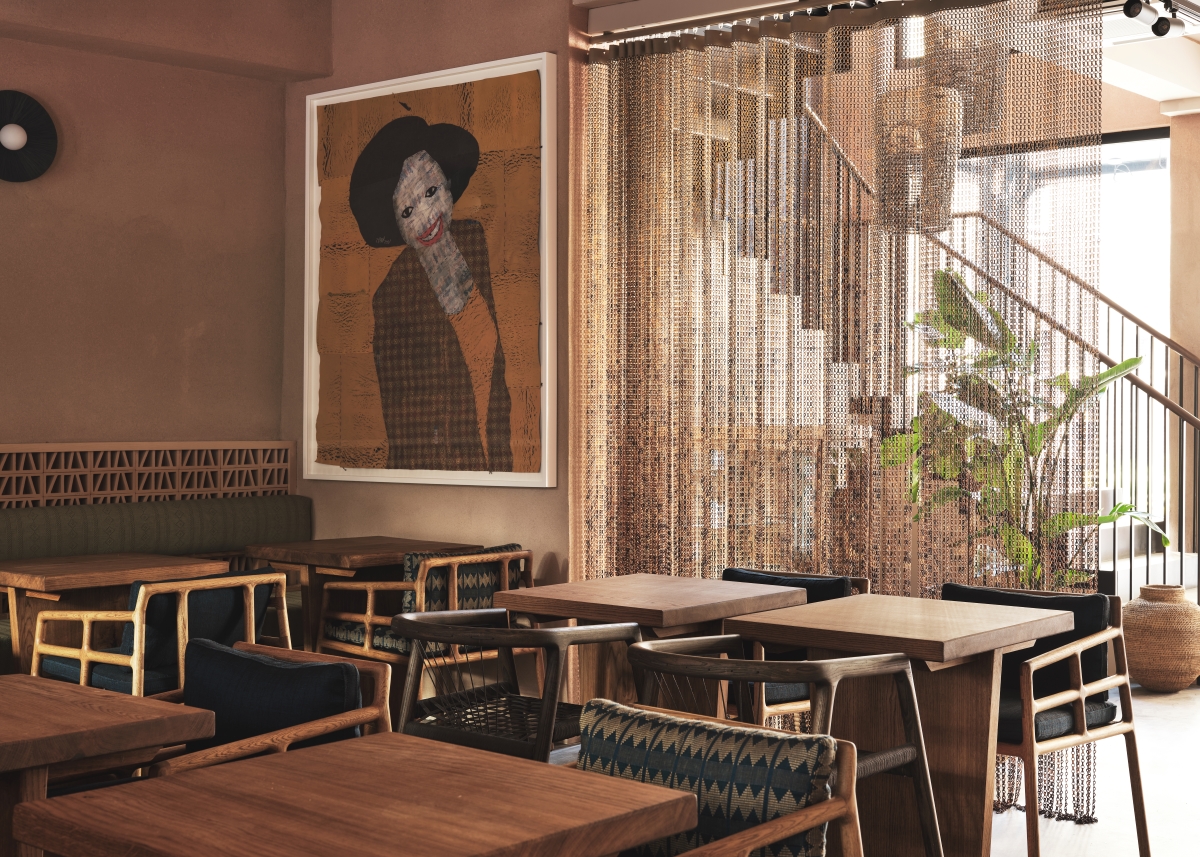
Image credit: Tola Ojuolape Studio
But this isn’t just about creating a visual impact – it is about fostering connection. Generation Z, in particular, is redefining expectations. This generation is digital-first, values-driven, and highly design-literate. They consume less and care more: about wellness, sustainability, representation, and authenticity. For them, hospitality spaces must do more than impress – they must feel intentional, reflecting community, identity, and shared values.
Good design doesn’t simply set the tone; it tells a story, signals alignment, and builds a sense of belonging.”
This presents an exciting challenge. A space might need to shift from a quiet morning café to a co-working hub to an atmospheric cocktail bar – all in one day, all within the same footprint. It needs to be agile, functional, and emotionally intelligent. It should feel global yet rooted, immersive yet intuitive.
The most successful spaces aren’t fixed in time – they evolve, responding to energy, context, and culture. Pop-ups and short-term activations have only added to this momentum. Temporary no longer means throwaway. With tighter timeframes and budgets, strong storytelling becomes even more vital. When done well, even the briefest of spaces can leave a lasting impression – elevating a brand, celebrating a neighbourhood, or capturing a cultural moment.
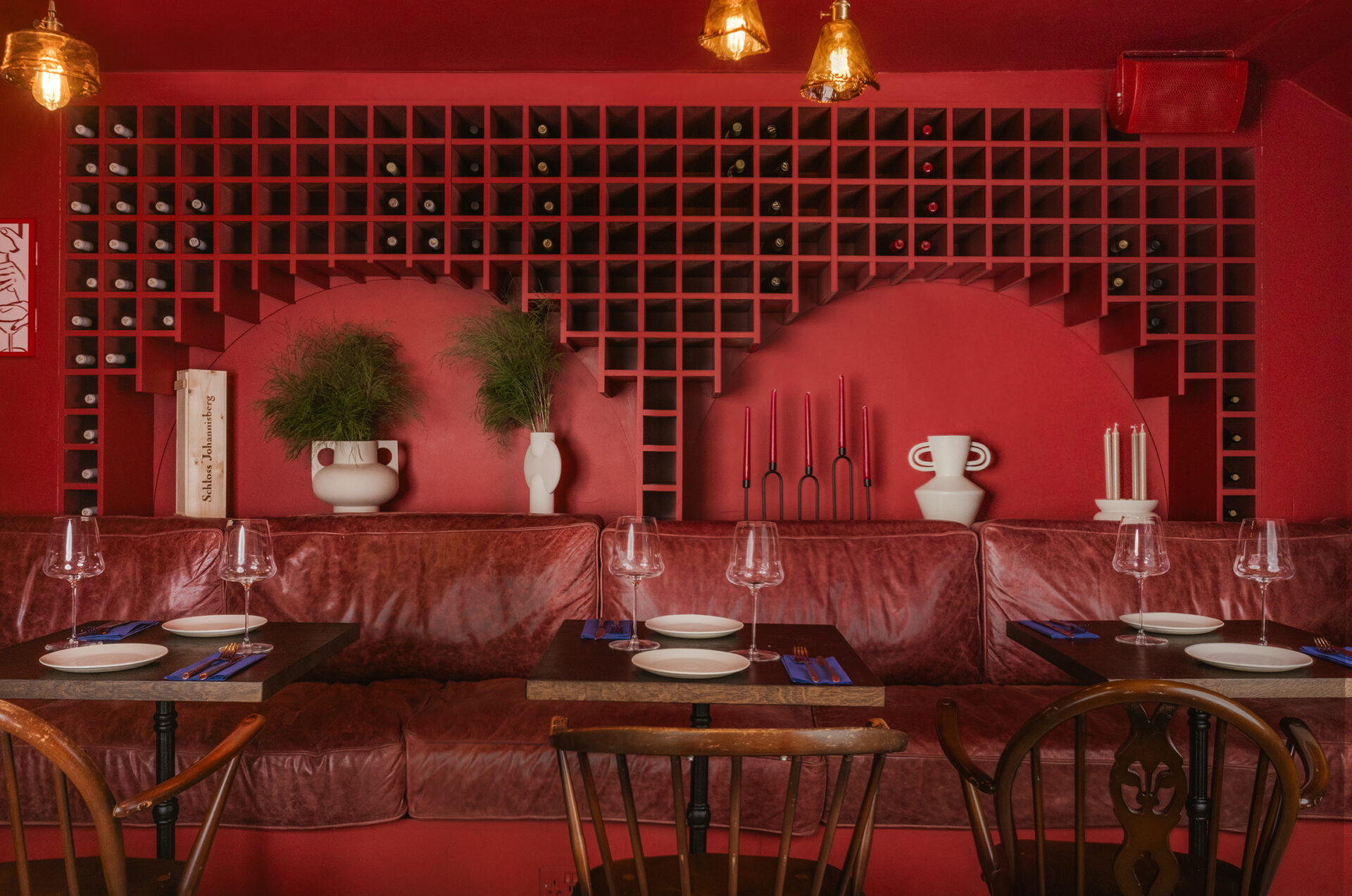
Image credit: Amy Heycock
Yet, amidst all this modern complexity, there’s value in drawing from the past. ‘Heritage’ may be a buzzword, but craftsmanship, natural materials, and considered spatial rhythms bring more than nostalgia. They add depth and resonance. In a world that moves quickly, these slower, more grounded design choices can create a sense of permanence – and offer true longevity.
Ultimately, hospitality design today is an act of balance. Between spectacle and substance. Between flexibility and identity. Between the energy of now and the weight of what lasts. The spaces that succeed are those that work on multiple levels – visually striking, yes, but also operationally smart, emotionally engaging, and socially aware.
In 2025 and beyond, design that works hard – and means something – isn’t just desirable, it is essential. It is how we ensure that hospitality continues to inspire, connect, and endure.
Main image credit: Amy Heycock









